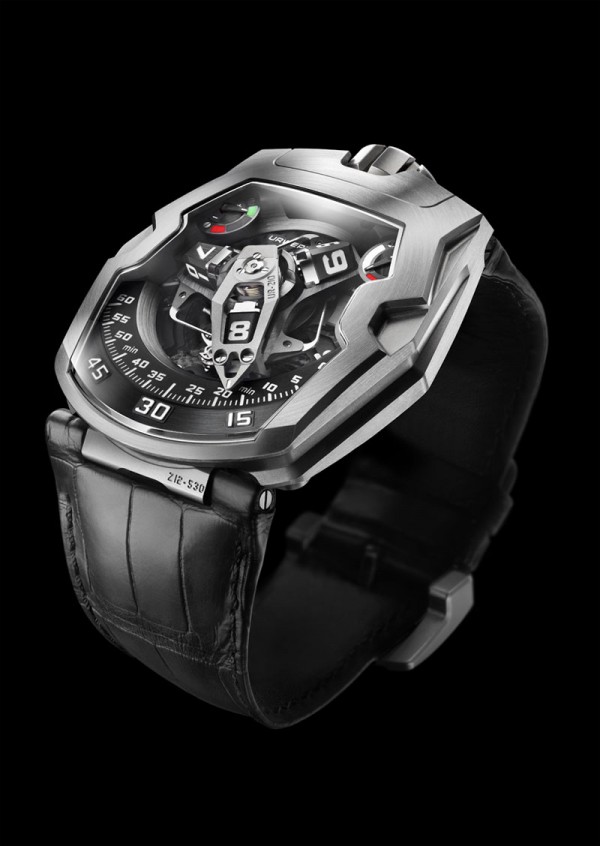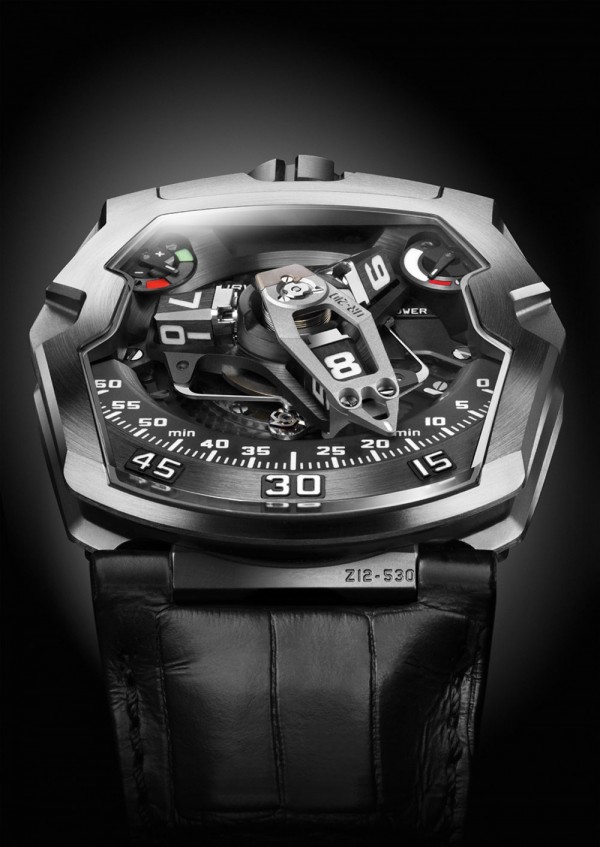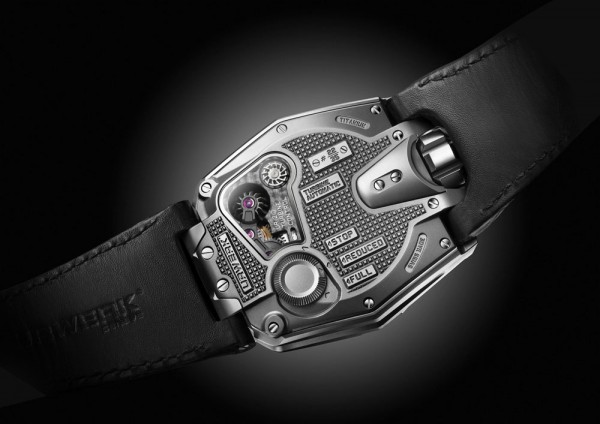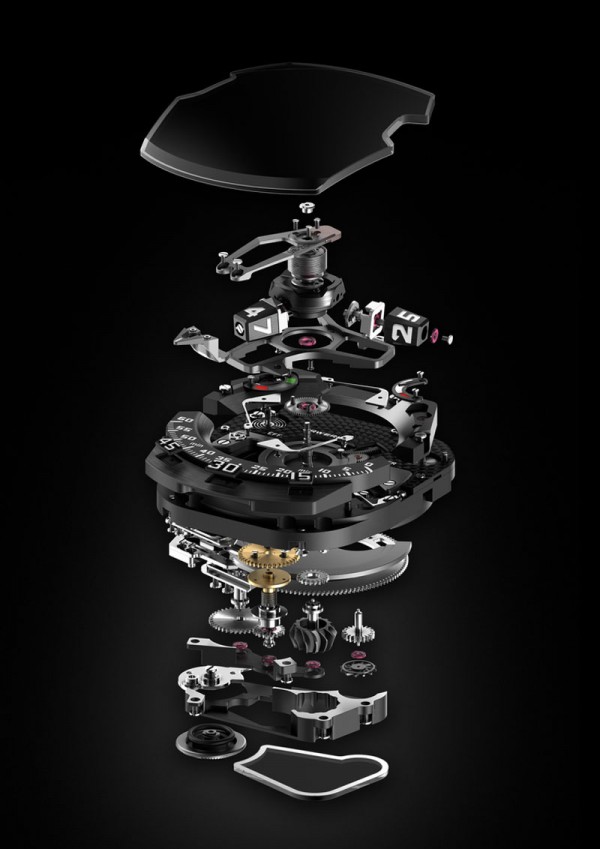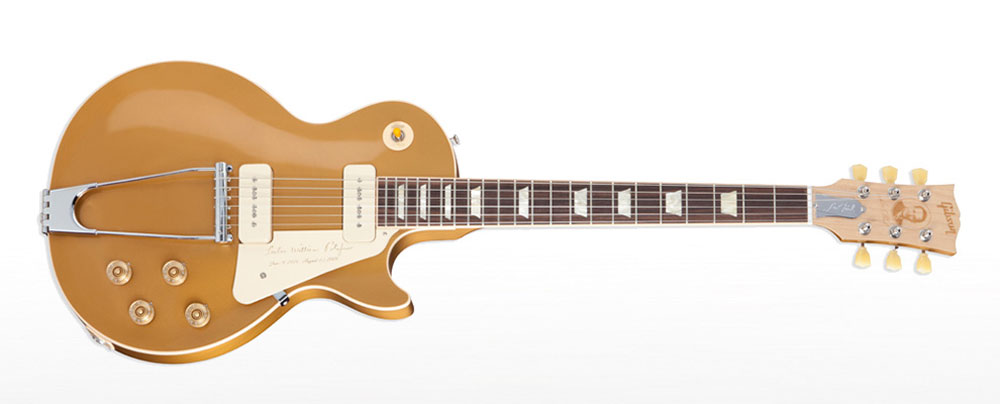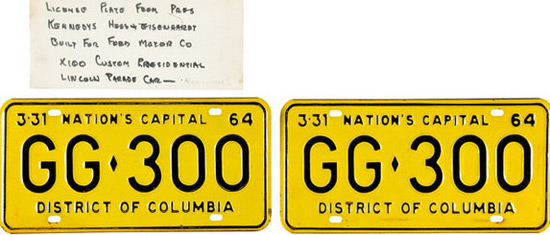Many watches have wide range of extras, but so far none of them had the winding efficiency indicator. Thanks to the great scientists from Urwerk, the company best known for their now-iconic satellite system, with spinning hour indicators integrated into a retrograde minutes display, this brand new cool indicator comes on their wristwatch The UR-210 Maltese Falcon. The first ten pieces will be available at the known retailers sometime in October with a price of CHF137,000 (approximately $146,000).
With a total weight of just 302g, although is 3-micron tolerance milled aluminum, the new UR-210 boasts a three-dimensional cage inspired by the beak of the Maltese Falcon. The dial of wristwatch features a traditional power reserve indication (red/white) for the 39 hour power reserve at 1 o’clock, while opposite to it at 11 o’clock is the world-first winding efficiency indicator (red/green) over the last two hours. This entirely new indication calculates the difference between the consumed and generated energy of the mainspring.
For example, if you are lazy, just sit comfortable in your armchair, the indicator will be tending towards the red zone, which means you’re using the stored power without refueling the power reserve. On the contrary, if you are in a racing mood, you are moving energetically, the indicator will point towards the green zone, that means you’re generating power faster than you’re consuming.
On the case back, there is an adjustor that allows you to dial in the efficiency of the rotor. At full efficiency, any movement will charge the reserve, while the reduced position engages an air turbine compressor to slow the rotors movement and thus avoid over-winding and wearing down the mechanism. In addition, the rotor can be fully stopped – thus turning the watch into a manual winder.
Basically, the Urwerk UR-210 Maltese Falcon shows you how much you are in the movement due to your interaction with the watch. Urwerk’s Felix Baumgartner comments:, “This timepiece opens a new chapter in the evolution of our complications. It doesn’t just measure a universal value in a completely original way, but starts a real dialogue between the watch and its wearer.”

